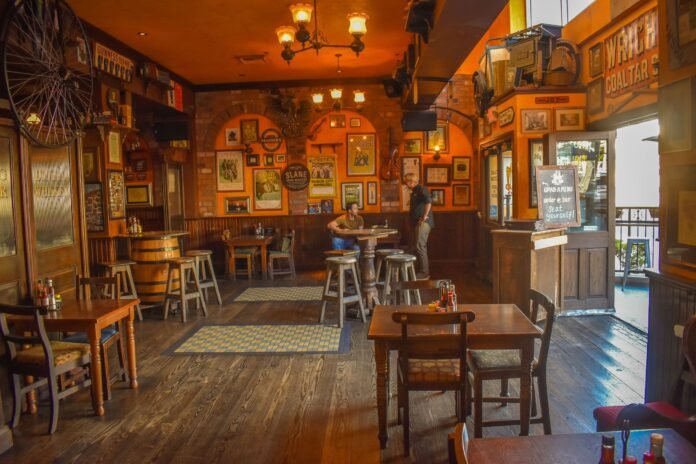Long Beach’s OG Irish pub, The Auld Dubliner (and its American roots-inspired sister, The Ordinarie), is defined by its Irish roots in a sense that no other social space is in Long Beach. And it has been doing so for 20 years, having opened in 2004.
For those that haven’t been to Ireland—Dubliner founder David Copley was born in Limerick and Ordinarie owner and former Dubliner general manager Christy Caldwell was born in Donegal—it is particularly hard to grasp the depth to which this connection exists. Even more, it answers why the space is an important part of the city’s cultural machinery.
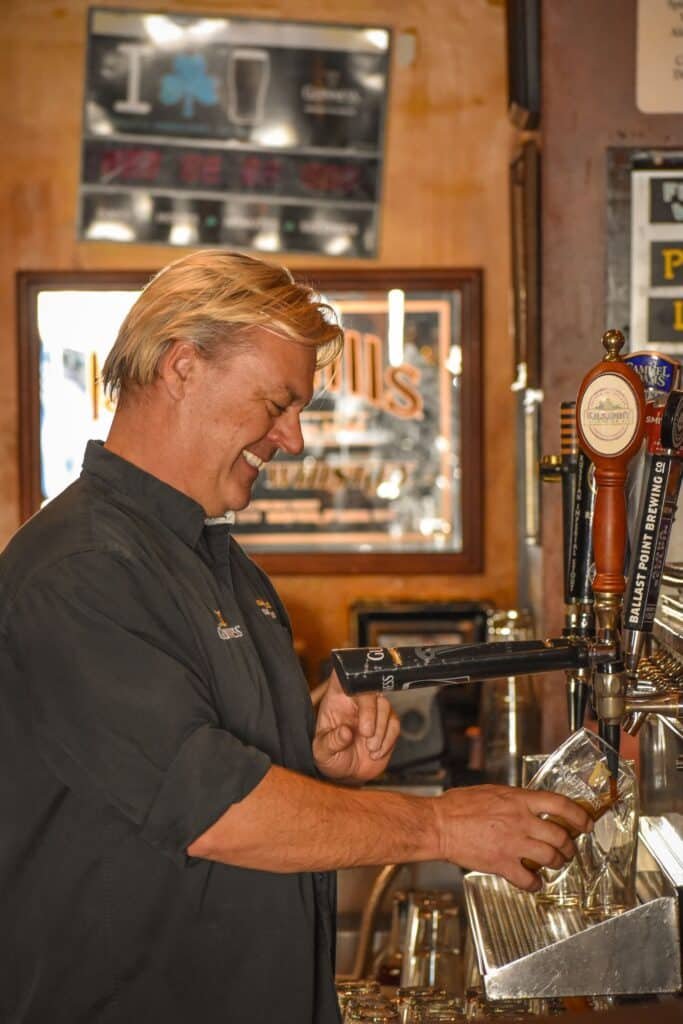
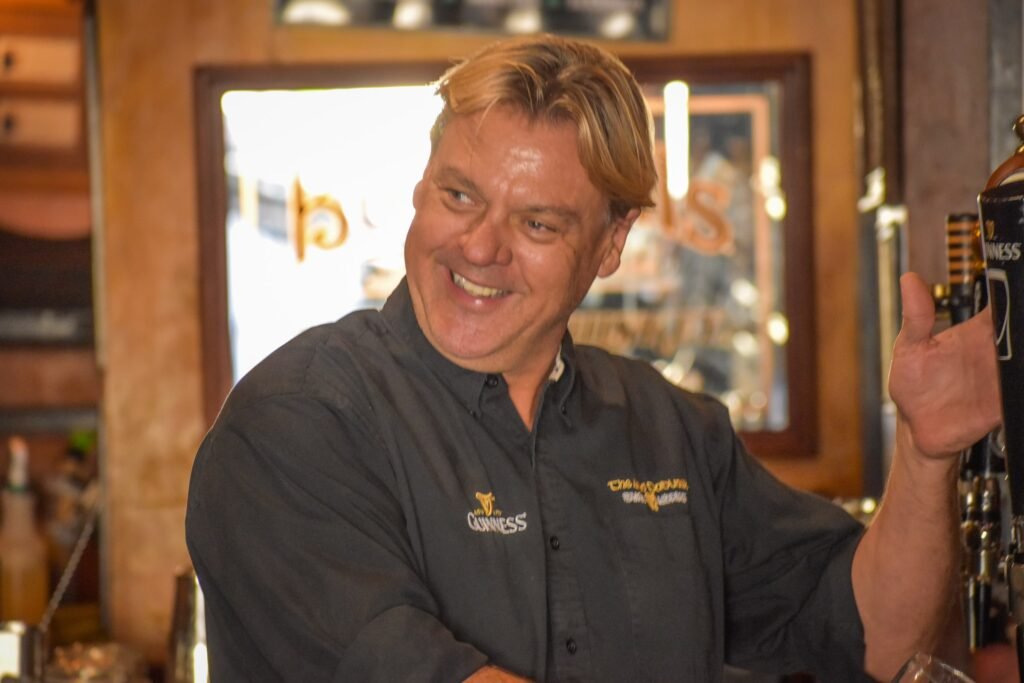
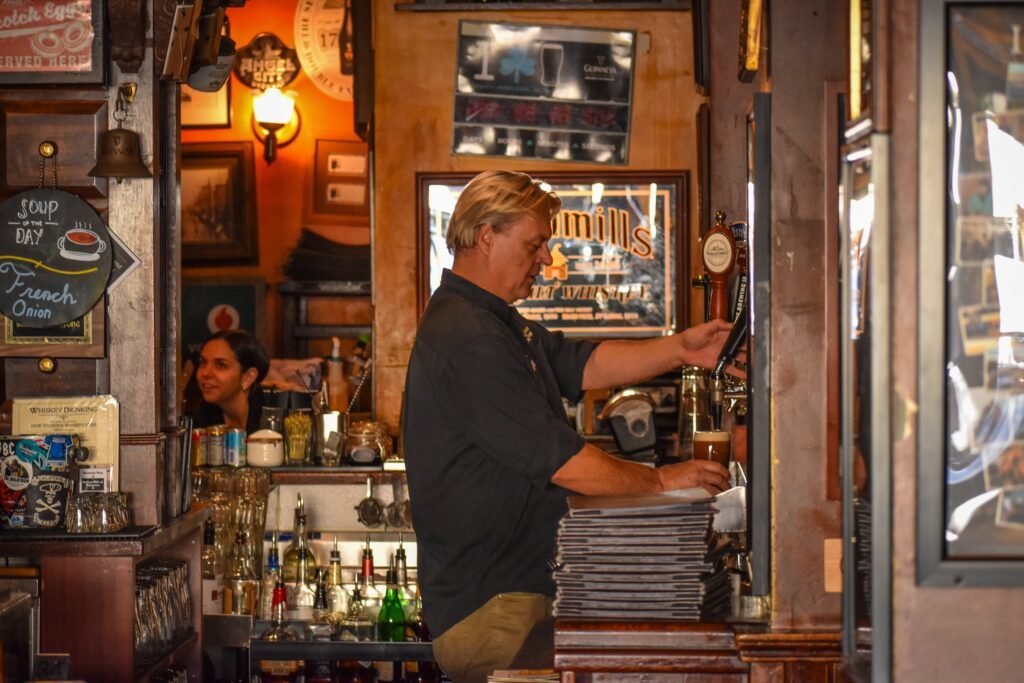
The role of The Auld Dubliner in the grander spectrum of Long Beach culture is grand.
It goes beyond The Auld Dubliner’s incredibly odd location. Smack dab in the middle of The Pike Corporatism and Conventioneer Central. Smashed between theaters and food chain giants like Islands and California Pizza Kitchen. No matter how it’s diced, it is, indeed, an odd as hell location.
It goes beyond the step-inside-and-you’re-removed-from-Pine-Avenue vibe. (A vibe, mind you, was designed in Ireland by John Heverin of Òl Irish Pubs. What does that mean? Each piece was made for the space and imported from Ireland for the build out. The result? A simultaneously hyper-traditional and thoroughly Long Beach pub.)
And it goes beyond its stellar plates of Shepard’s Pie and fried Haddock with chips.
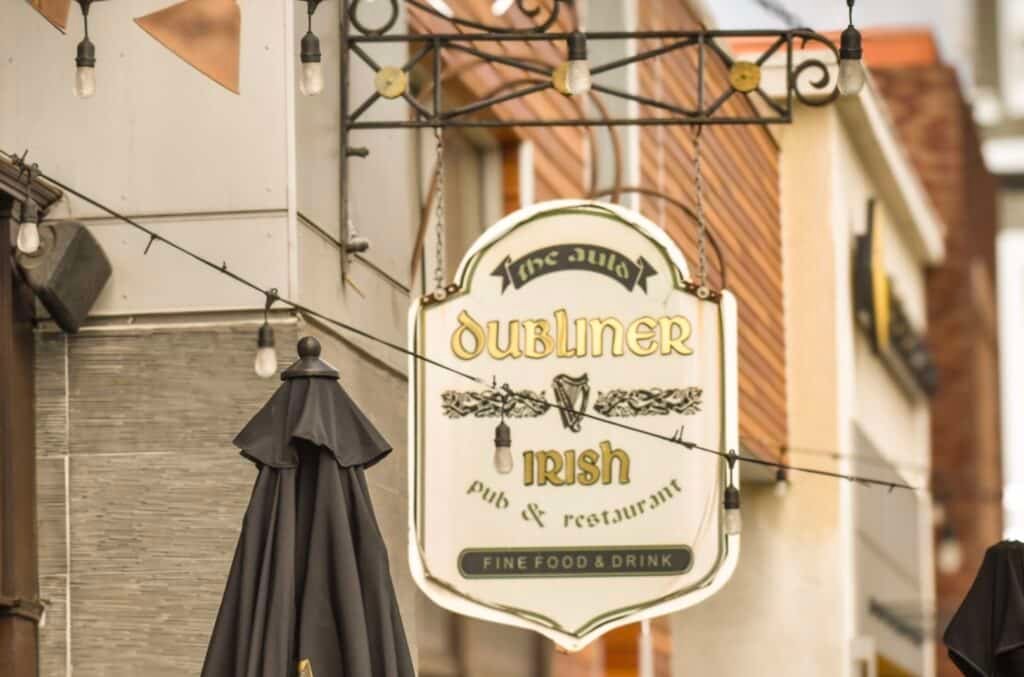
Yes, beyond that, it goes past the fact that locals and “annual locals”—conventioneers, brought to Long Beach annually because of a convention, named so by the workers of the Dub—both enjoy the place.
The Dub is not only a space where there is a perpetual play between American and Irish cultures. It is also a direct reflection of when the beauty of immigration is met with the opportunity America has (or, at least, has for some) and how that can make a local environment flourish. The realness of that opportunity is something Copley is not remiss to directly address continually, despite having arrived decades ago.
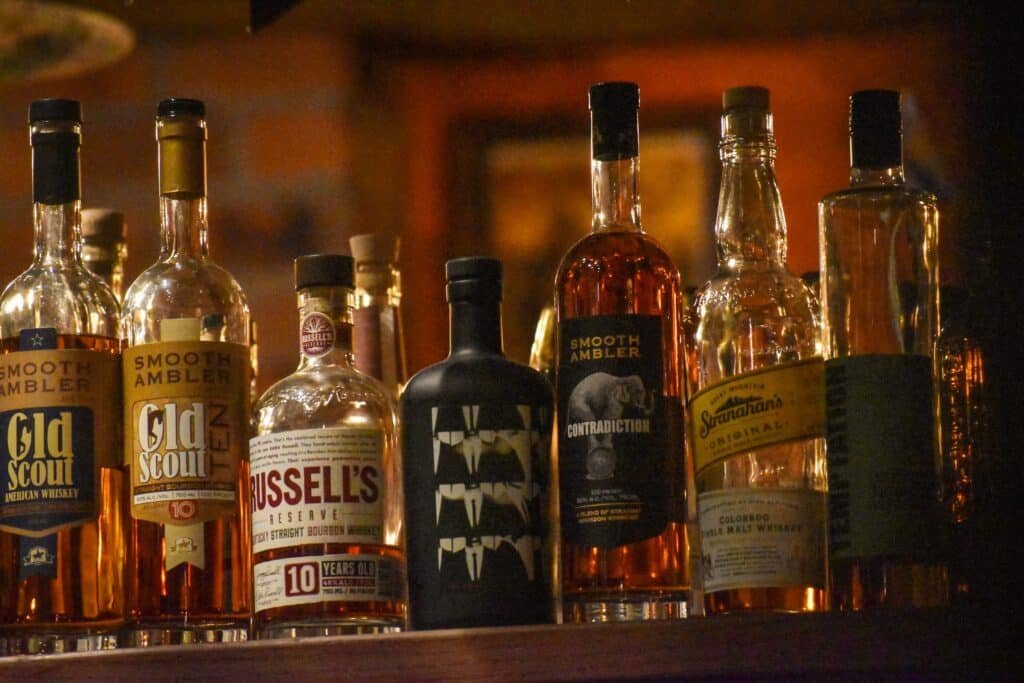
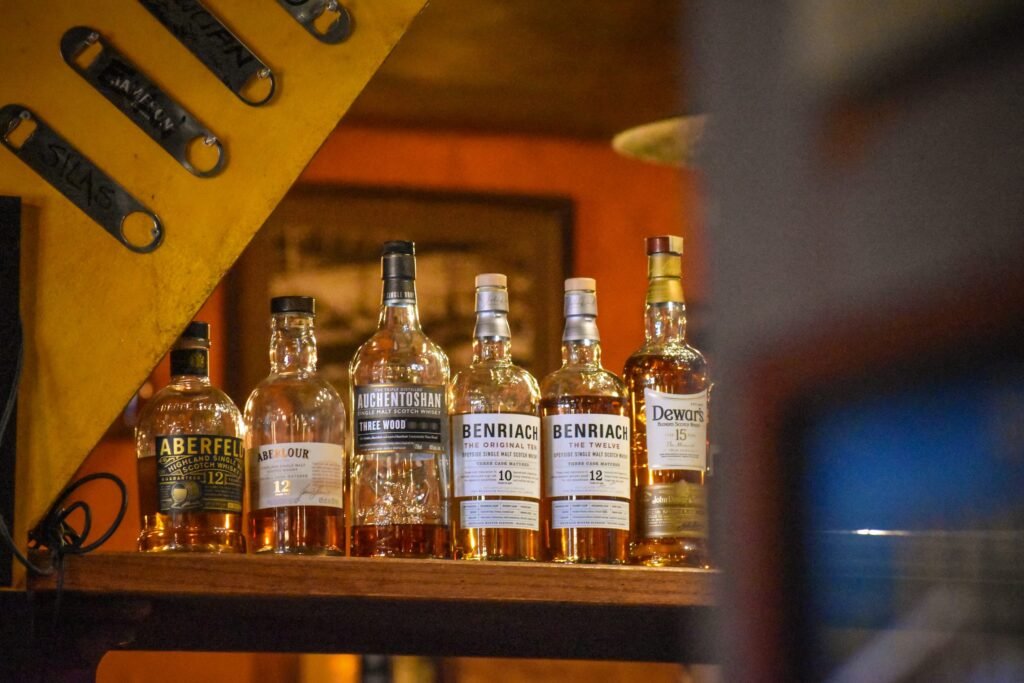
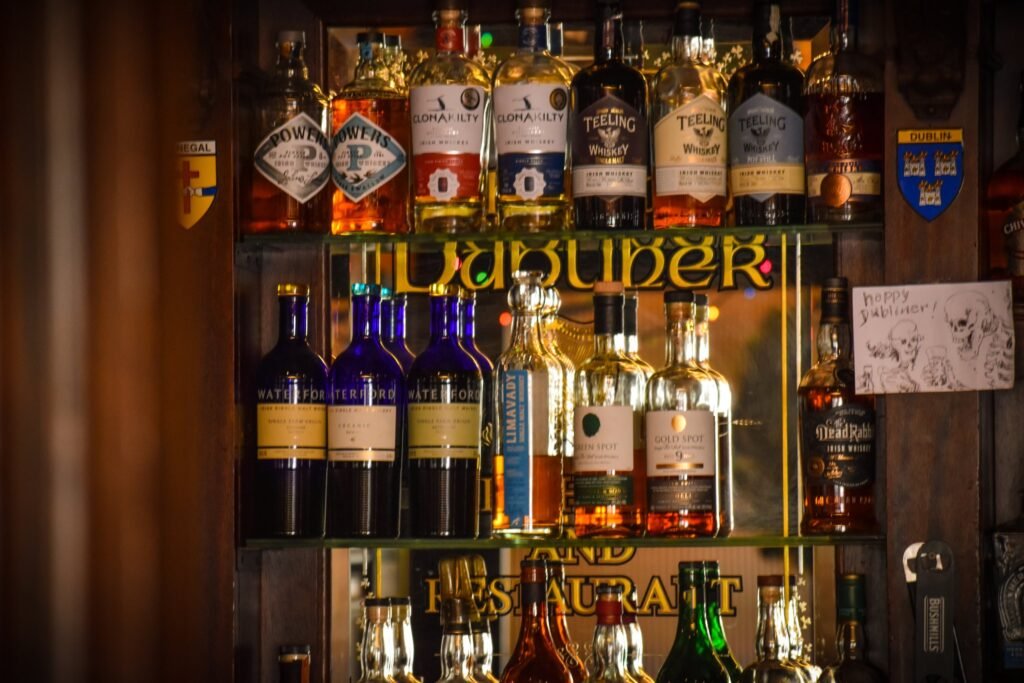
Bringing Limerick to Long Beach started with a desire to surf—but became much more than that.
Though Copley admits he emigrated “for surfing more than politics or philosophy,” he said he has learned to appreciate the role immigrants play in creating American culture as well as the challenges they have always faced.
“I was extraordinarily fortunate—and I want to emphasize that: extraordinarily fortunate,” Copley said. “I had walked into [immigration and naturalization services office] with nothing. No notes. No lawyer. And in all honesty, I was somewhat jovial about the whole thing. What changed was when I was in that waiting room, looking at the hundreds of people. I don’t say this lightly and I don’t read too much into situations… But I say this with all earnestness. I think it was a matter of life and death for many people in that room. If they were sent back home, they’d likely die.”
Copley’s earnest and empathetic approach is reflective of the Irish experience itself, something him and Caldwell attempt to continually infuse into their spaces by taking trips back to the great island of their birth with a legion of patrons and friends. The year I attended? A ten-day excursion which took them across the northern half of the island: Trim, Belfast, Portrush, Buncrana, Dungleo, Sligo, Galway, Tullamore, Dublin.
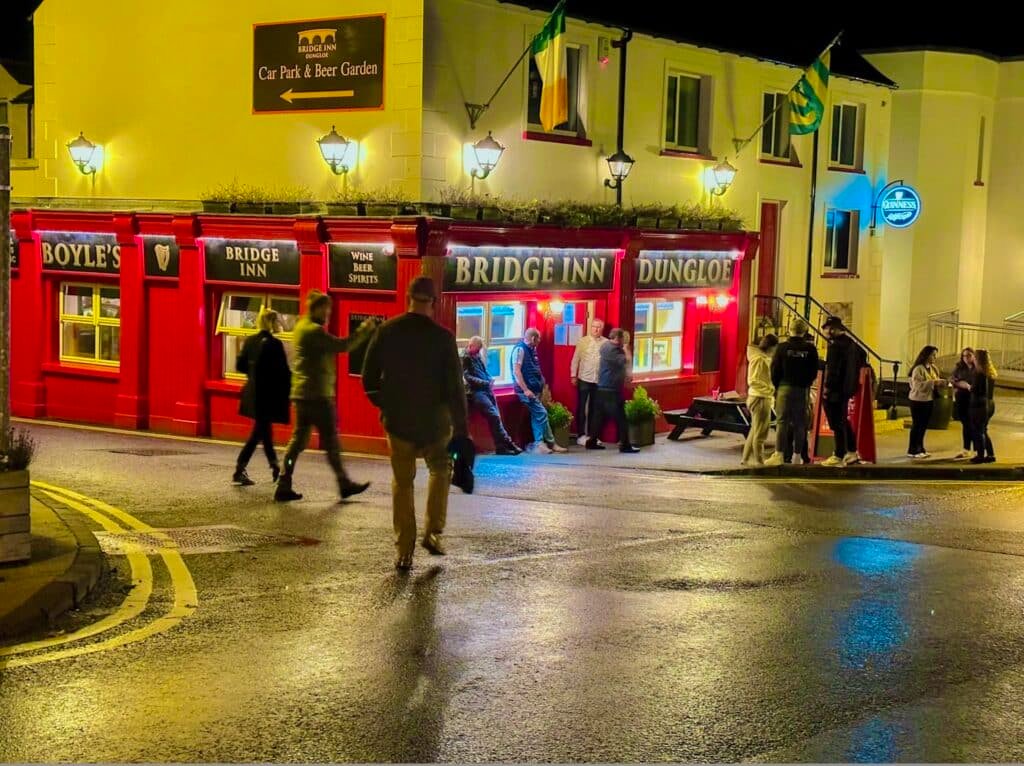
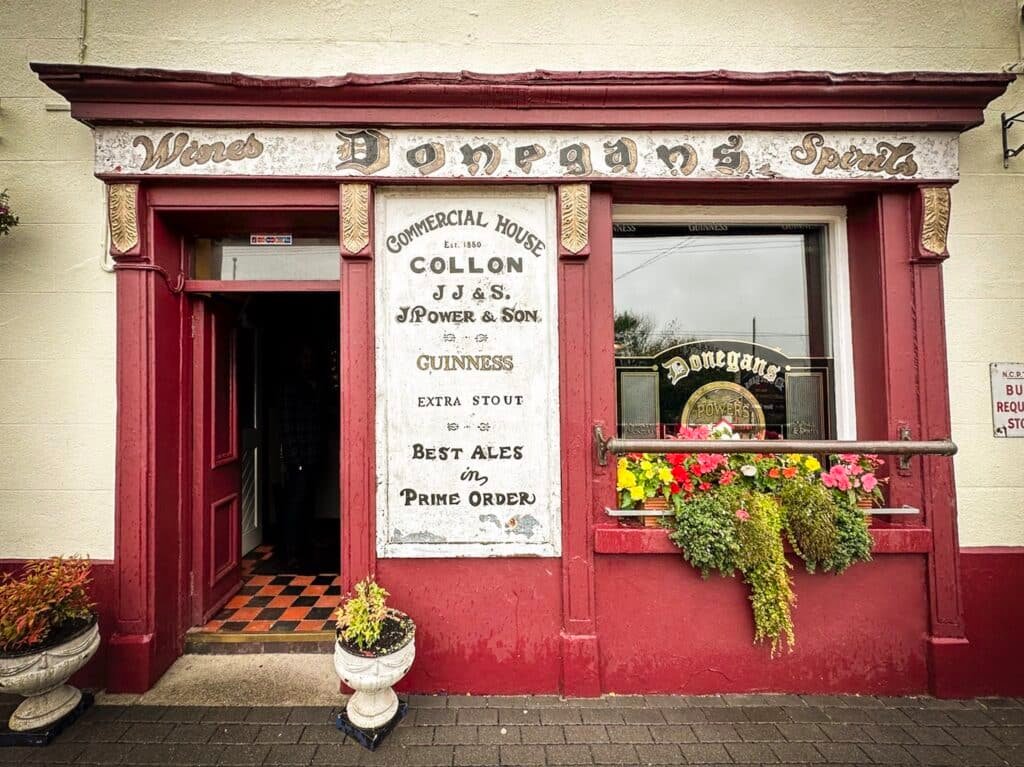
Sites and sounds of Ireland, from the Bridge Inn in Dungloe to Donegan’s in Collon, reflect back onto The Auld Dubliner. Photos by Brian Addison
How the Auld Dubliner reflects a larger part of Irish history that should be required study.
To begin the story of any Irish pub in the United States is to begin with resilience.
It is also worthy of a dark preface as to why “one is hard pressed to not find an Irish pub in nearly every part of the world,” as Copley put it while he stood in Donegan’s pub in Collon. (The owner of Donegan, the aforementioned John Heverin, designed The Auld Dubliner’s interior.) “We were so poor in Ireland that even our own resources had to be sold. We continually scraped to get by. And, in return, it caused people to continually leave the island.”
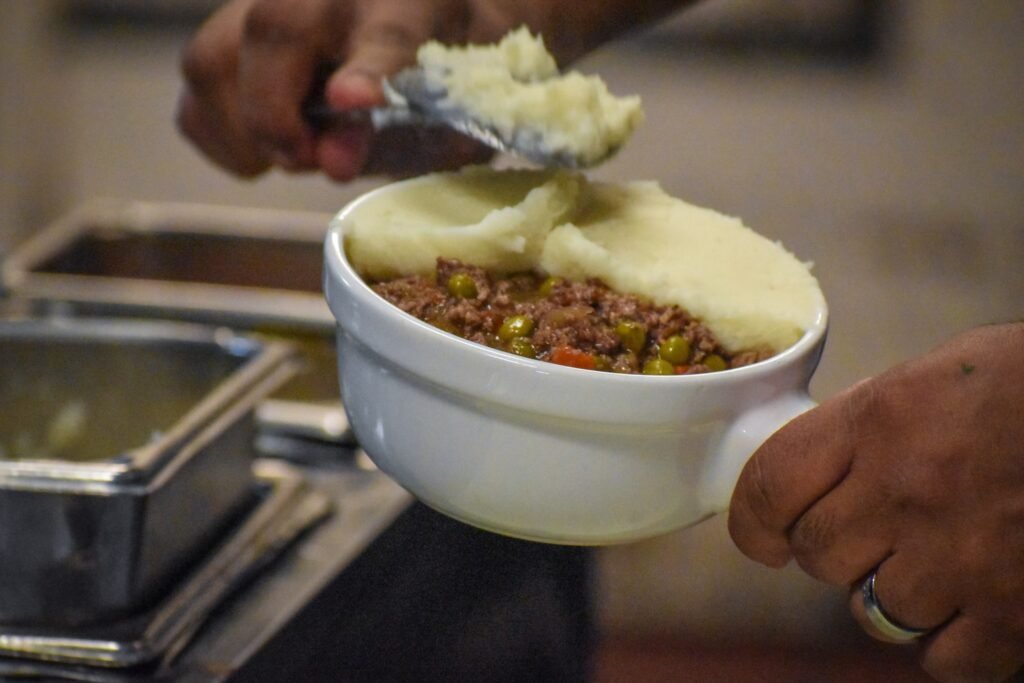
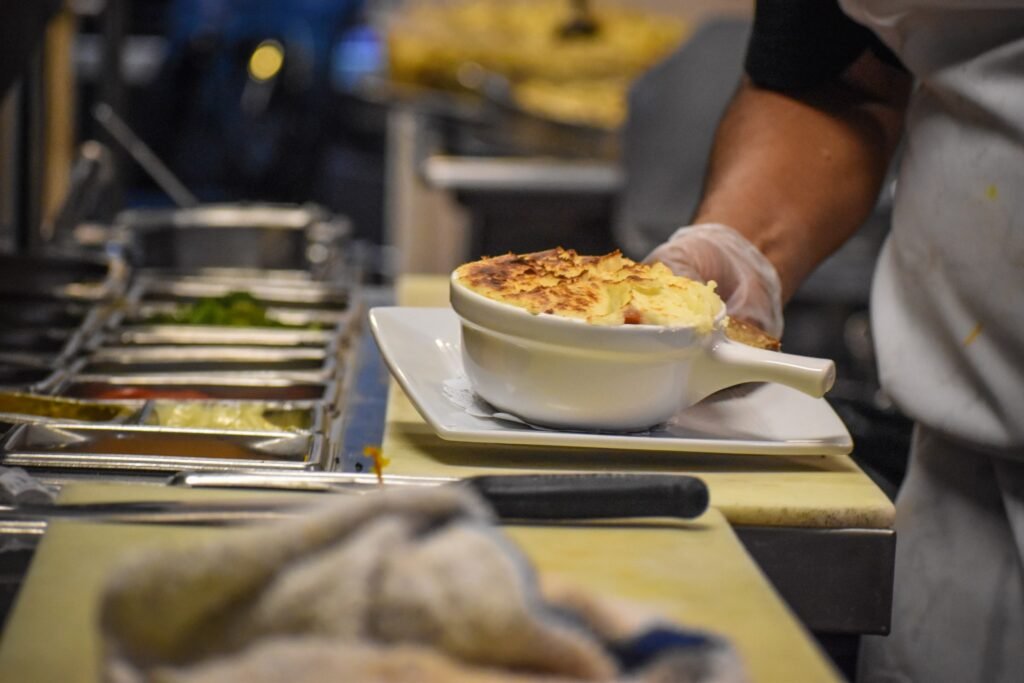
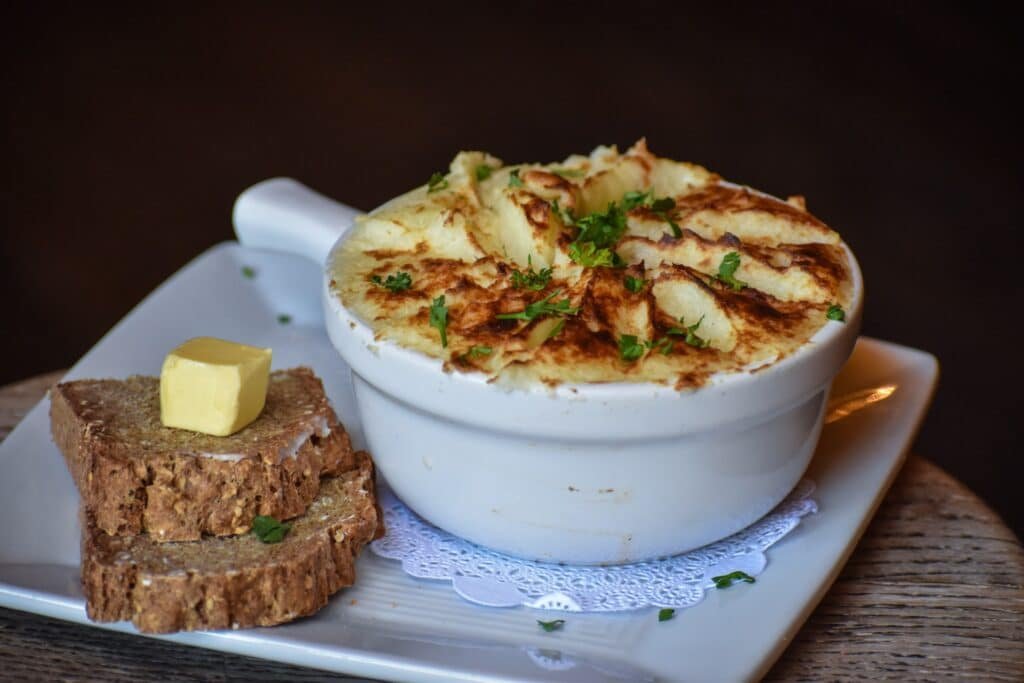
The native Irish are a people that were strategically almost wiped off the planet under the rule of the British.
Dubbed “The Great Famine,” those in power used a disease that crippled potato crops to starve the Irish. This was, simply put, so the Empire didn’t have to deal with them. A staff member at the folk village of Gleannecholmcille in Donegal said it most succinctly: “The death of millions of Irish folks during the Famine wasn’t the inevitable result of a natural disaster; it was the human and political response to that very disaster.”
Its population was decimated. In fact, it wasn’t until the 1990s that Ireland’s population actually grew. And that growth was the first of its kind following the horrifying year of 1847, or “Black ‘47,” where one million Irish people starved to death and another million fled the island.
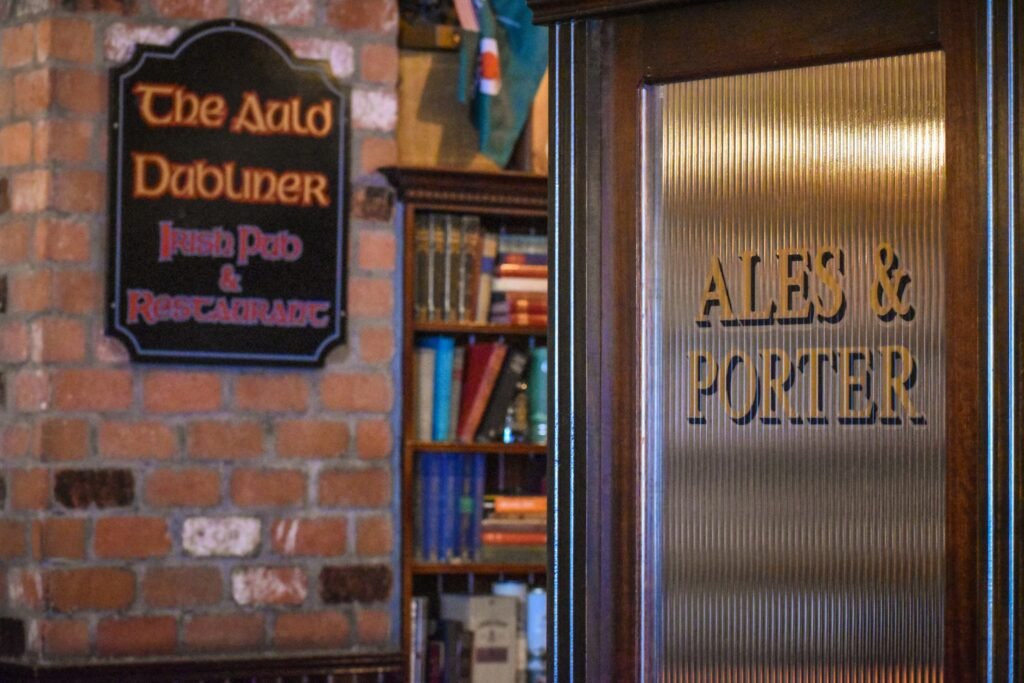

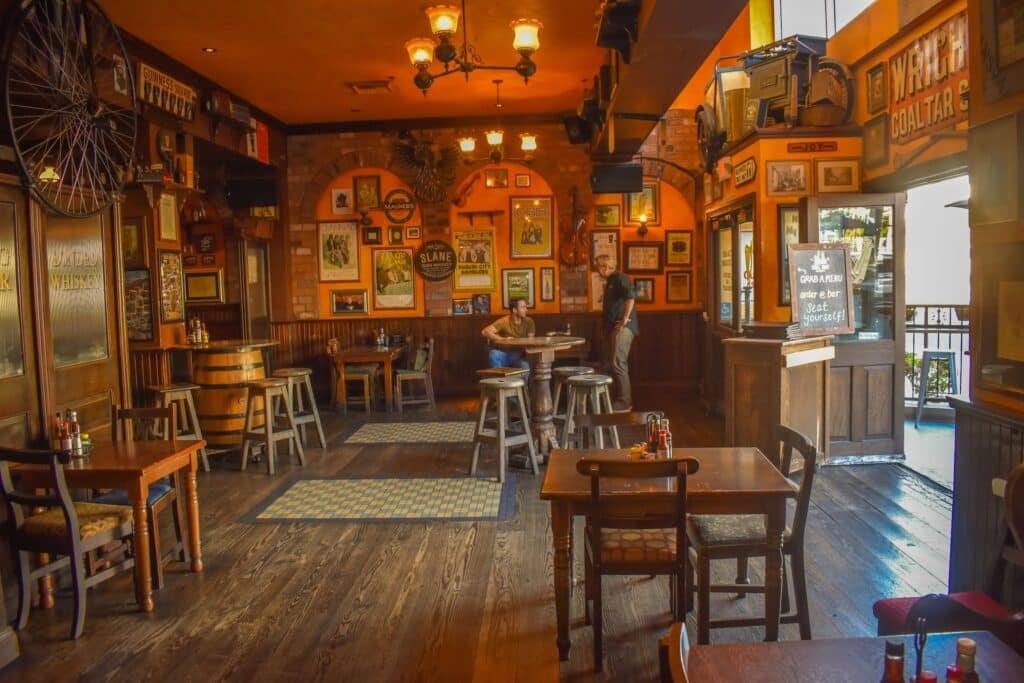
For those who left Ireland before the millennium? It certainly wasn’t due to the beauty of the Irish people and land.
Following this, the Irish had to export nearly all their goods to sustain themselves. This, in turn, left its citizens with little to nothing. That, in turn, encouraged Irish people to seek opportunity and life elsewhere. And they sought opportunity for well over a century.
The result? Irish people in nearly every part of the world. For some, it was to start a business. Or simply escape the droll of a place that had been nearly stripped of its spirit. But for Copley, it was, for all intents and purposes, to find the sun as well as success. An avid surfer and swimmer, his summer days in Ireland were often spent life guarding.
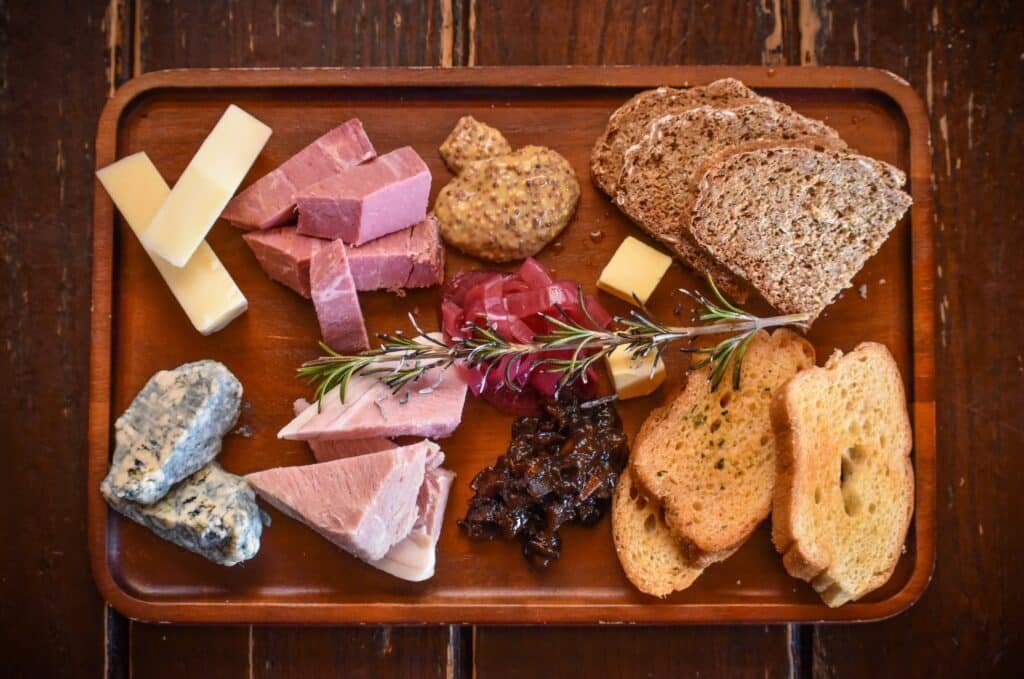
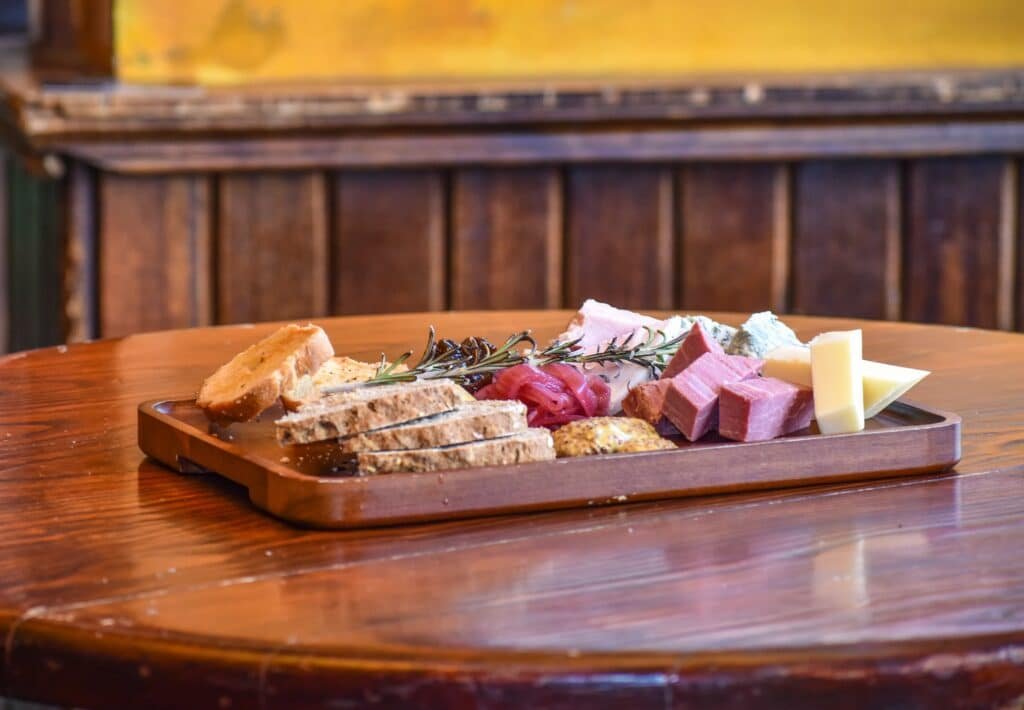
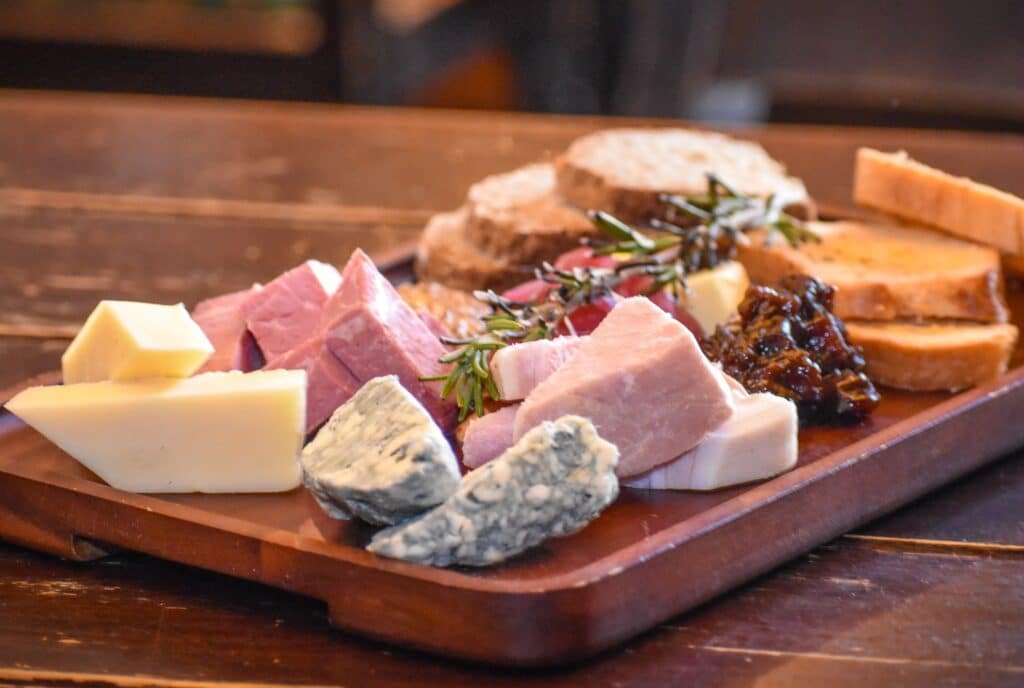
“The water always calls me in Ireland,” he said, before he took his first dip of the annual trip into chilly waters near Falcarragh. “Ireland is perfect in every way for me except this weather. It can sometimes get to you: Two months and not a single second of the sun. Not one fucking ray.”
In the words of the tour guide at Trim on the east side of Ireland, “There are three types of weather in Ireland. Cold wet, warm wet, and wet.” This weather, followed by a strategic use of a natural disaster to pummel the Irish people to their furthest breaking point, added another crippling effect to life on the island when not having the resources to cope with it.
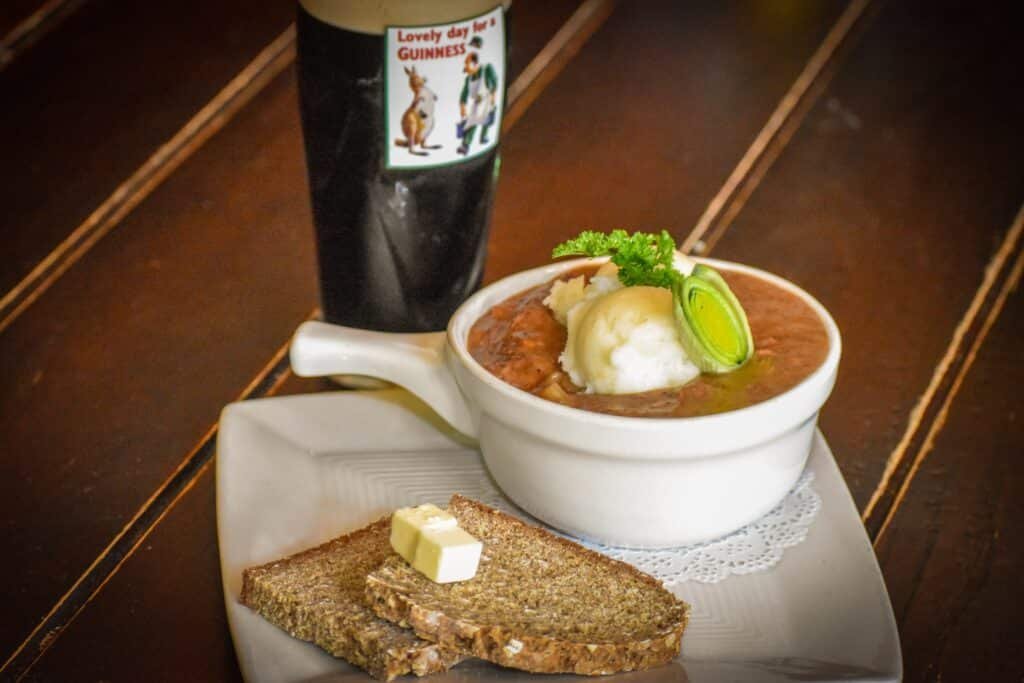
The sobering reality of Ireland before the 1990s—and why pubs are so damn important.
“It is safe to say that when we were growing up, we were stuck in the 1940s,” Caldwell said, whose hometown of Buncrana sits at the northernmost tip of Ireland amid boglands, rolling hills, and heaps of sheep. “Almost everything in Ireland was driven by purpose and survival.”
Caldwell’s sobering comment is reflected throughout the spaces in Ireland. Its older buildings—like legacy pubs that have been around for well over 80 years—have low-laying ceilings, with nearly every single entryway into another room containing a door. Why? Heat. With single-pane windows and brutally wet’n’cold winters, even the most minor of drafts could refrigerate a space quickly.
“I remember my mother had these contraptions she would lay across the bottoms of the doors we gathered in to seal us up,” Copley said. “It was common for a lot of families to spend most of their nights in two places: the warmth of a single room or the pub.”
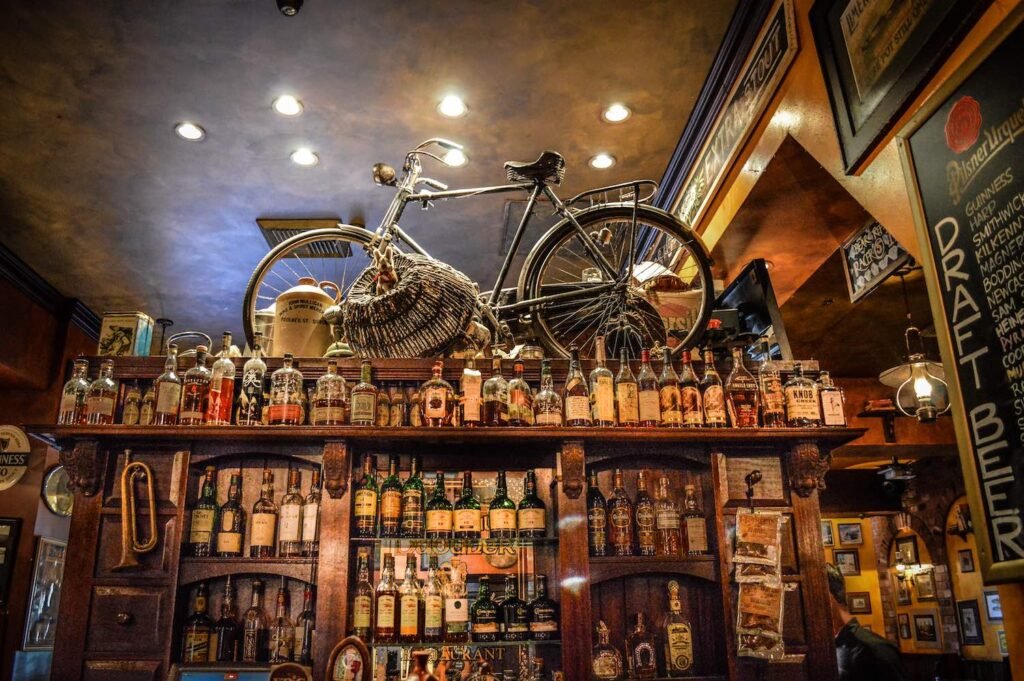
The pub? An essential cog of Irish culture—and one Americans should embrace.
And the pubs themselves are just that: essential. Essential for sociality. Essential for warmth—both literally and figuratively. For what was once a glimmer of hope and now a sense of deep pride, whether it is cheering on a rugby match at the Bridge Inn in Dungloe or discussing history at Shoot the Crows in Sligo, pubs are the cog of Irish culture.
“There’s a sense of mockery that is frustrating when it comes to some American interpretations of Irish culture—the drunk stereotypes particularly,” Caldwell said in a piece I did for Eater LA on the Dub. “Because pub culture, yes, involves drinking, but has been the place where we survived, where we talked civics and politics, where we handled business, where we celebrated achievements.”
In other words: The pub is sacred in Ireland—and it is that precise weight that Copley and his crew wanted to bring to Long Beach with The Auld Dubliner.
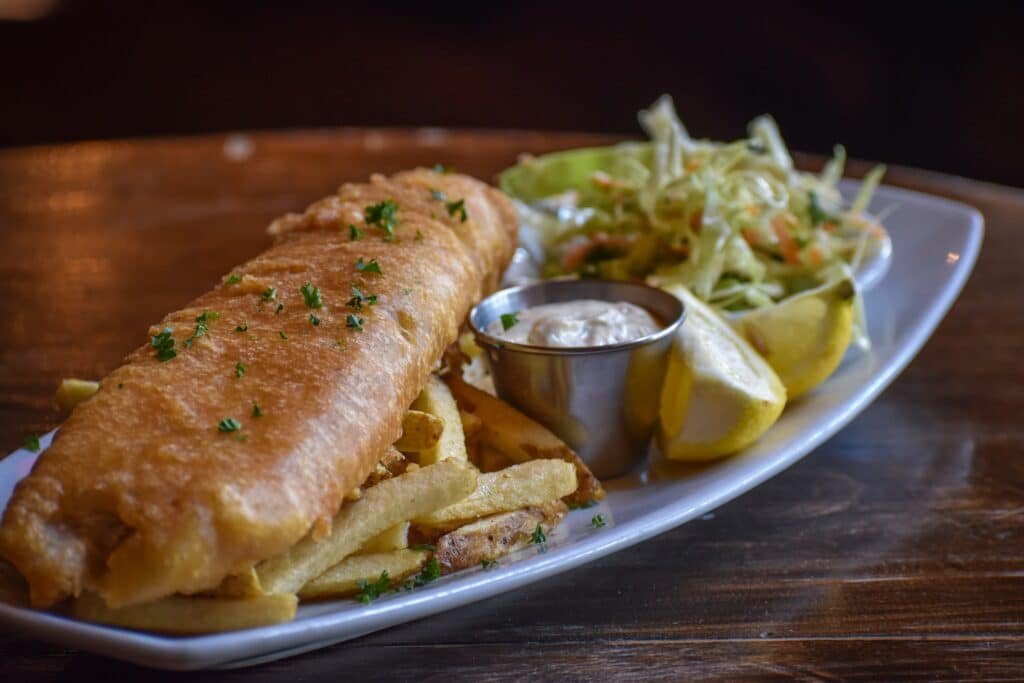
The Auld Dubliner is really an immigrant’s ode to both Ireland and Long Beach.
This history—the struggle but perpetual hospitality and welcoming of the Irish people through its social spaces—is one that anchors what The Dub represents: Immigration, none the matter from where, is an important part of American culture—and that the celebration of cultures worldwide can only be achieved if those celebrations come from the people who directly represent those cultures.
Copley’s citizenship allowed him to freely explore the country with privilege—and with that mobility, he hit a point where he realized: Few, if any, in the United States could properly pour a Guinness.
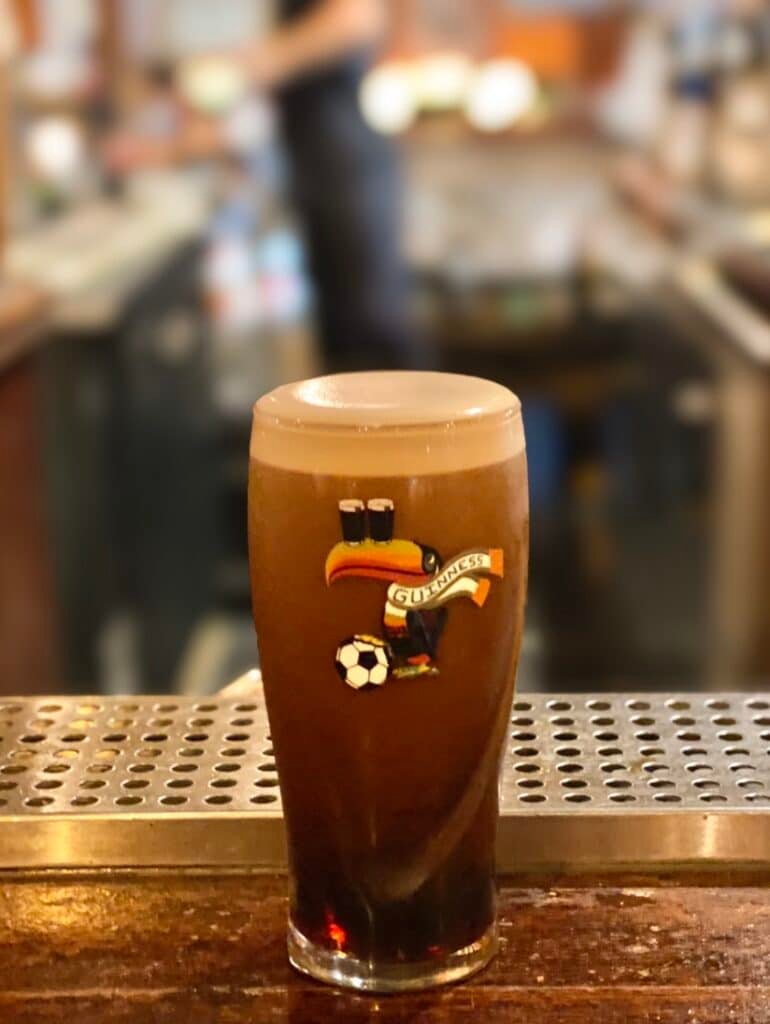
“I miss the pubs and I missed the Guinness—and by that, I mean a properly poured Guinness,” Copley said. “In my years as a nomad, I would often—rather vocally—express my distaste for the treatment of Guinness in this country.”
Copley’s constant and vocal disdain for the treatment of Irish culture (and specifically beer) throughout his new home would permit his friends at Limericks, the Naples pub that is now home to KC Branaghan’s and where Copley worked, to call him out: If you’re so disappointed, do it better.
And the opportunities that were in front of Copley were hard to pass: The Pike was being entirely redeveloped—a “slate of blank dirt,” as he describes it—and in order to create precisely what was in his head, DTLB was the sole place to do it.
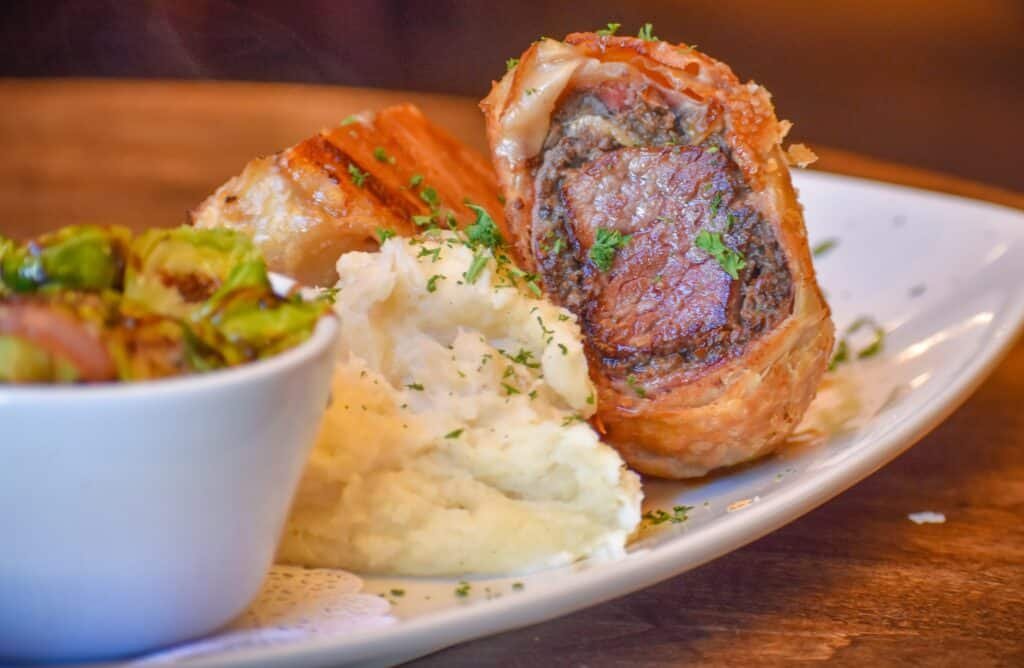
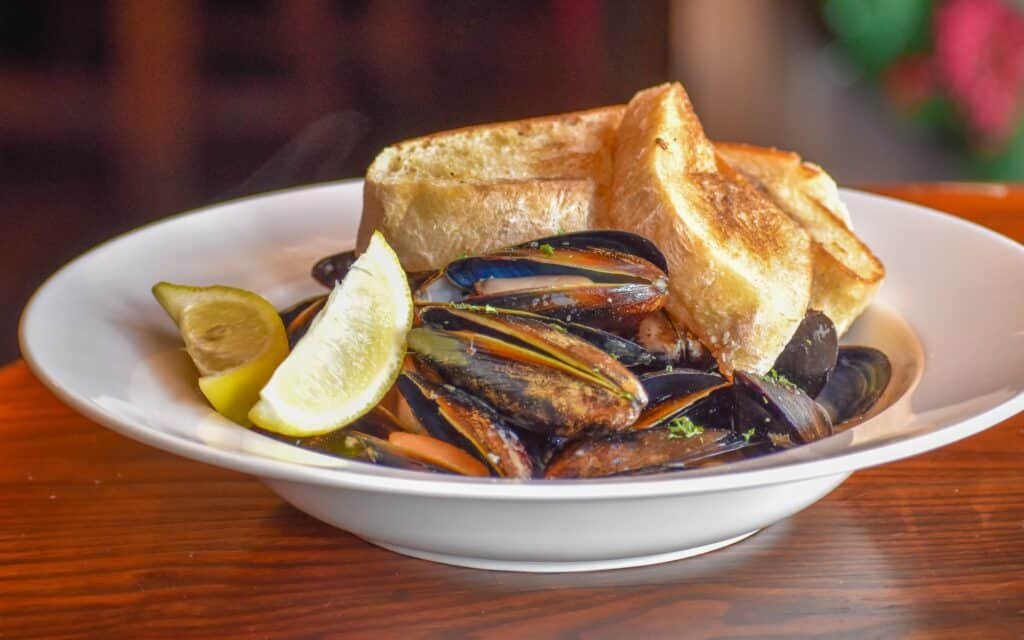
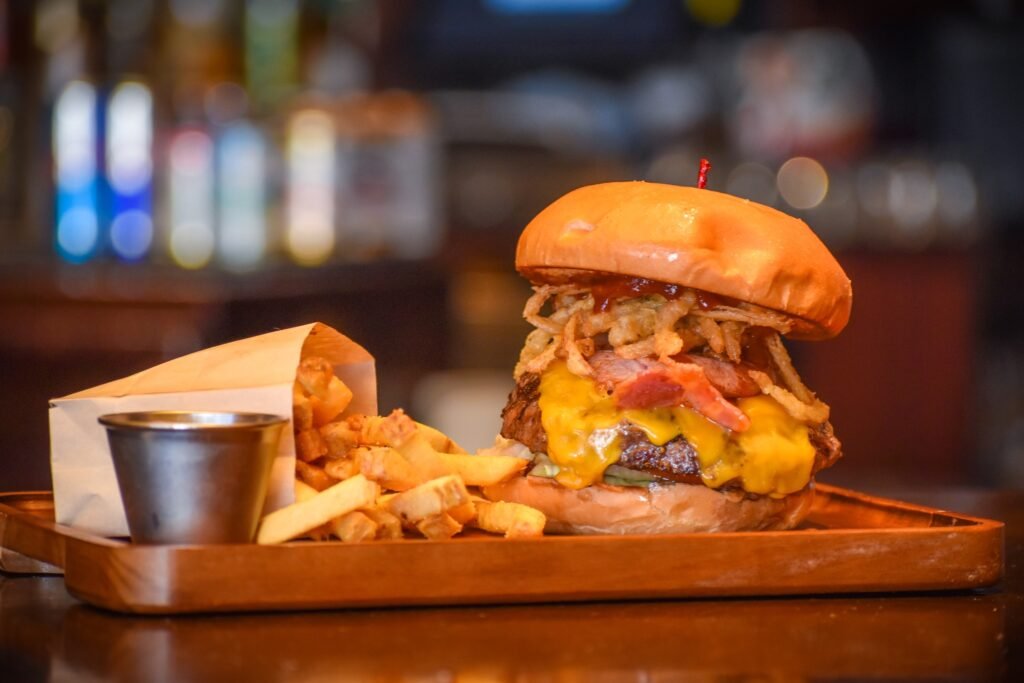
How the Auld Dubliner ended up in Downtown Long Beach’s most corporatized space.
“Business-wise, quite literally, the only reason we are here is because in 2003, when we were planning it, Downtown Long Beach was the only area that permitted live music,” Copley said. “An essential part of the Irish pub and the atmosphere of it is live music. There were other places but the only place we could open without facing a huge battle was Downtown.”
At the time, Pine Avenue was undergoing one of its many makeovers—it was shortly after Mum’s became Smooth’s (in the space now home to BO-beau’s) and an attempted influx of investment, to be repeated the following decade, was in tow—but The Dub has become a conundrum of sorts.
While The Pike continues to be a divisive subject—from those that saw the glory days of the Pike as an amusement area before Disneyland and Knott’s took over to the residents who feel the constant investment in the area is misguided—it is rather remarkable that The Auld Dubliner, squished amongst a seemingly ever-changing neighborhood of corporate brands, has managed to become a staple.
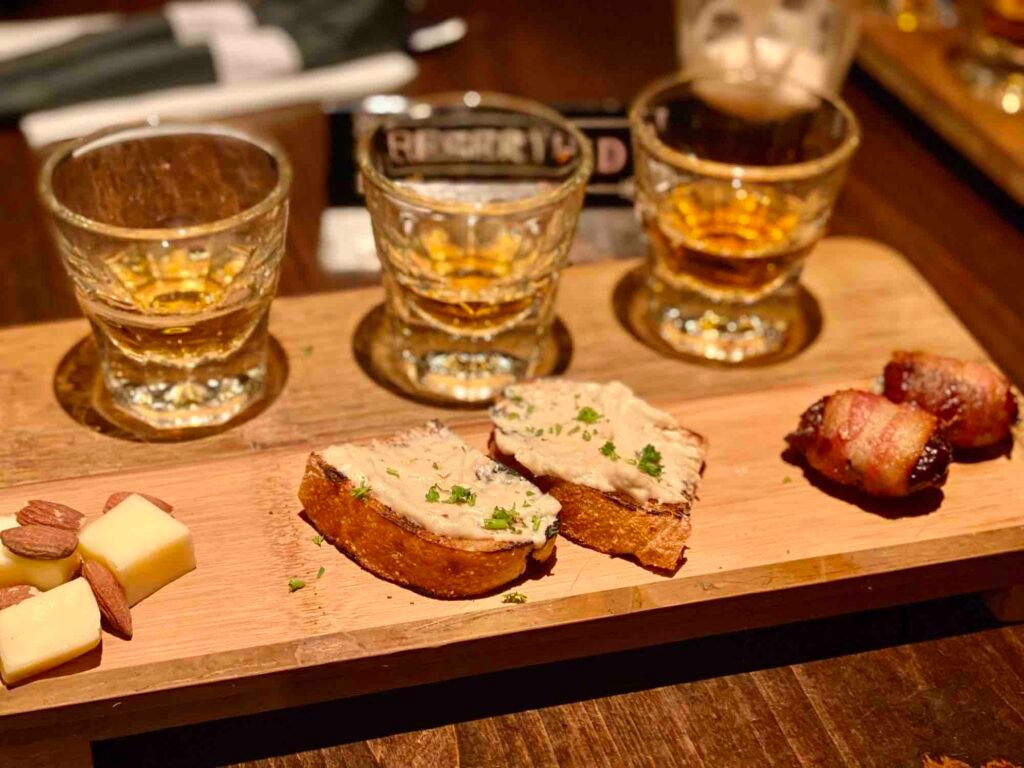
The Dub is Long Beach (and many citizens outside of Long Beach)’s pub.
And a staple among locals and, as previously mentioned, “annual locals,” the conventioneers who have come to find something to look forward to in their convention travels, which saw a major shift thanks to the two-year stretch of the pandemic.
And the connection with its patrons runs particularly deep for The Auld Dub as mentioned with its annual trip. The trip is, of course, fun, but the trip also represents Irish culture and food itself as the island has seen one of its most dramatic changes along the past three decades: Immigration to Ireland has increased, investment has increased along with it, and Irish natives—exploring other countries, cultures, and culinary schools with their new economic ability—have brought home with them a new set of not just skills, but more importantly, the freedom to use their country’s own resources.
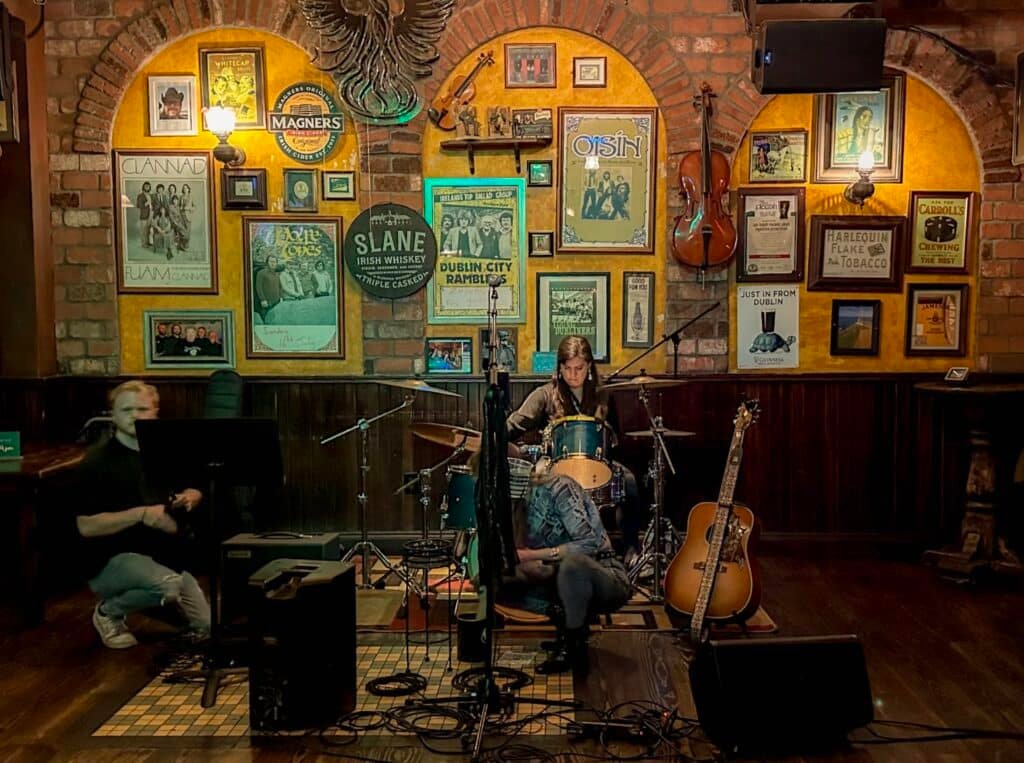
It has resulted in a renaissance in Irish cuisine—and these Auld Dub tribal trips are part of discovering those innovations and shifts so that the menu here in Long Beach can reflect that evolution.
“Of course there is the food that is a staple—fish and chips and what not,” Copley said. “But it’s really beautiful to see pubs offering fresh oysters, razor clams—you name it. And we want to reflect that here.”
The Auld Dubliner is located at 71 S. Pine Ave. in DTLB.

